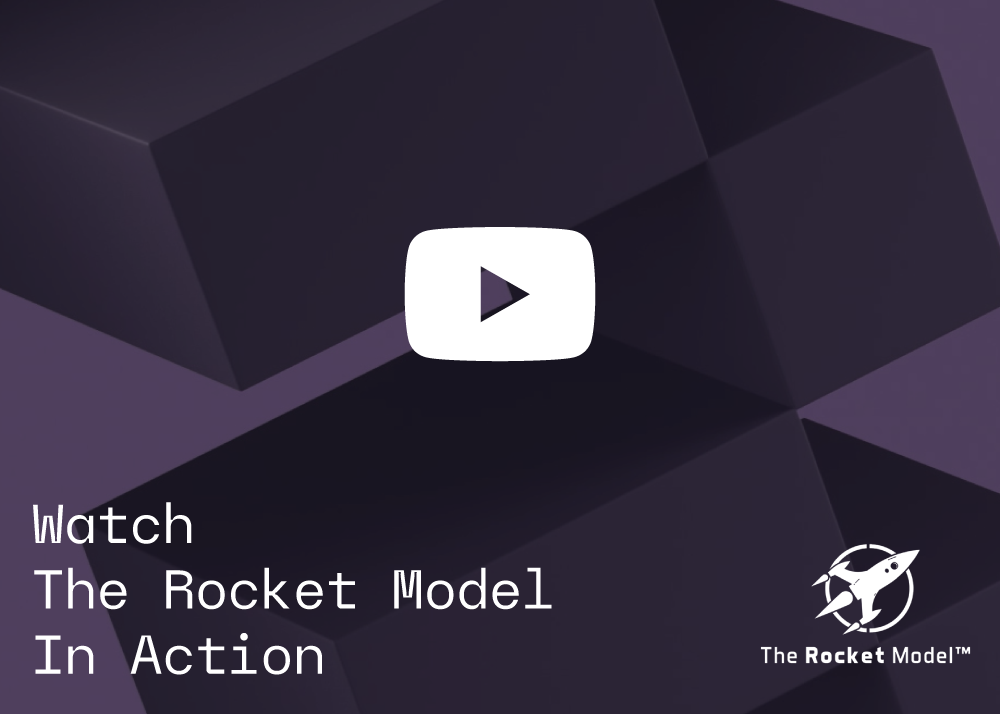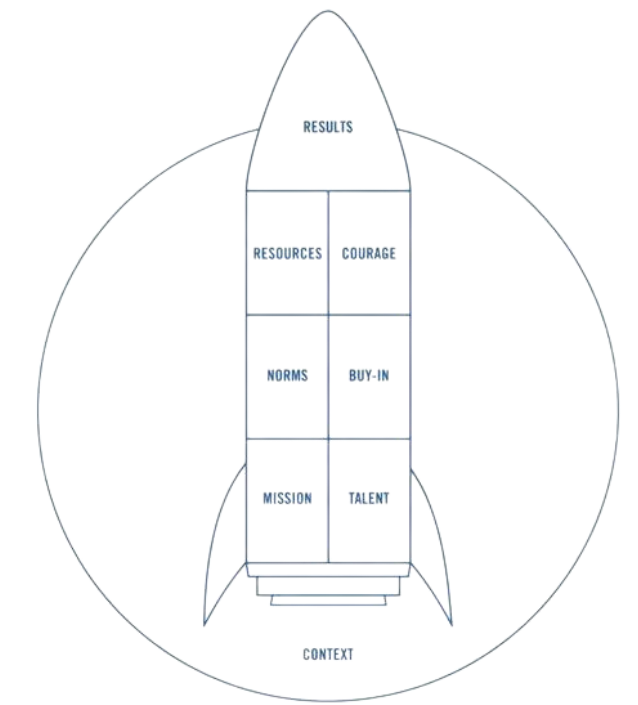What are our critical assumptions?
Team formation gets off to a good start when team members share a common view of the context in which they’re operating.
In fact, we find that putting shared language around context is more essential as a first step than defining the team’s mission.
Do we have the talent we need?
It seems like it should be easy to get the right number of people with the right talents on a team. In fact, we find it can be one of the toughest aspects of building team effectiveness.
That’s because most organisations assign staff members to a team based more on the availability or politics than talent. The team leader may believe that the skills, experience, and abilities of individual team members are all that matters, but there are other talent considerations.
Are we all committed to success?
Buy-in happens when team members have a team-first, not a me-first, attitude. High-performance teams are committed to team goals, roles, and rules, and they’re motivated to get necessary, day-to-day tasks done.
They understand how their work contributes to the greater good, and they’re optimistic about their chances of success.
How do we work through disagreements?
The best teams understand that managing conflict is not the same as minimizing conflict. The team members cultivate the necessary courage to raise difficult issues, while developing effective ways to work through disagreements and find solutions.
They know that too little conflict, with problems swept under the rug, leads to artificial harmony and groupthink. Too much conflict leads to chaos and backstabbing.
Why are we here?
When team members agree on what success looks like, they set the stage for effectiveness. What will it mean to win?
What are the goals, when do they need to be accomplished, what strategies will the team use, and how will progress be measured? Answering these questions leads to goal clarity, which strengthens mission clarity and is essential to boosting team effectiveness.
What are the rules?
It’s human nature for any group to develop norms for greeting, meeting, seating, communicating, deciding, and executing. These unwritten rules usually solidify fast, without any formal discussion.
However, teams that take the time to talk through and consciously establish norms leverage a powerful tool for achieving team cohesiveness and performance.
Do we have the resources we need?
Early on, teams need to figure out what resources are necessary for meeting their goals, and leaders may have to lobby key stakeholders to get those needs met.
Tangible resources may include a realistic budget, office space, hardware and software systems, specialized equipment, and tech support. Intangibles may include political support and authority to make decisions.
Are we achieving our goals?
Highly effective teams keep their eye on the prize. They measure results against mission, regularly track progress, learn from successes and failures, and devise ways to continue improving delivery. They understand it’s critical to align goals with important organisational outcomes and benchmark progress in a way that leads to superior performance.


